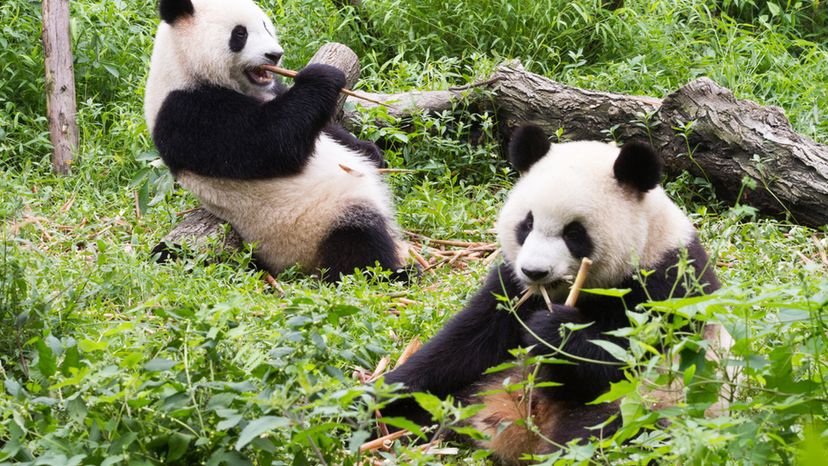
Image: n/a
About This Quiz
We all know our dogs, cats and horses, but what about those unique animals? Would you be able to name a zorse from an image? Did you even know a zorse existed? Take this quiz to see how many of these A-Z animals you can name!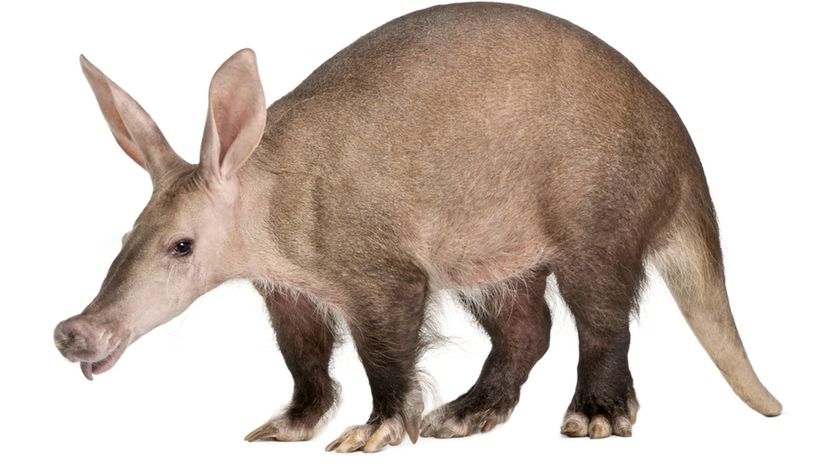
Shutterstock
Which "A" animal is shown here?
Akita
Aardvark
Aardvarks are an interesting mesh of several animal parts, such as a pig's snout, a kangaroo's tail and rabbit ears. However, they have little relation to any of those other animals. While they do enjoy a nice meal of ants with their foot-long tongue, the African-based Aardvark is a different species than the South American-based ant eater.
Albatross
Alligator
Advertisement
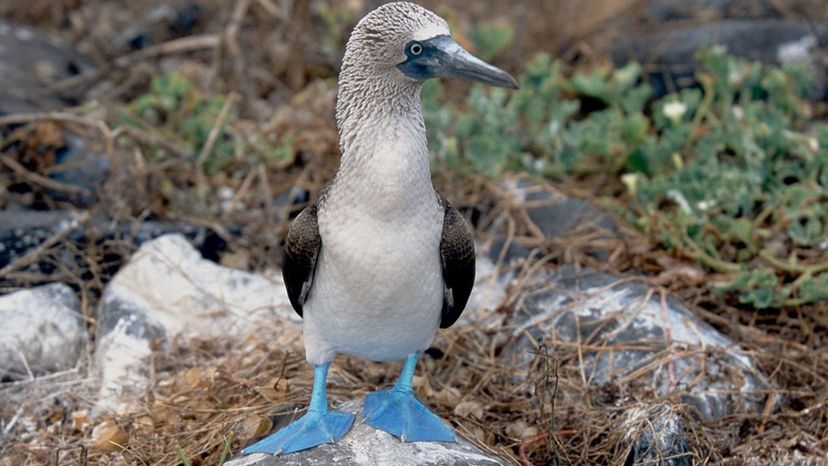
Wiki commons
Which "B" animals is shown here?
Blue-footed Booby
Arguably the most famous bird in the Galapagos Islands, nearly 50 percent of the world's breeding pair of Blue-Footed Booby live here. Their blue feet are a stunning color similar to beaches throughout the Caribbean. However, one of their most unique traits is creating their ground nests out of their own feces and using their feet to keep the eggs warm.
Bat
Barb
Beagle
Advertisement
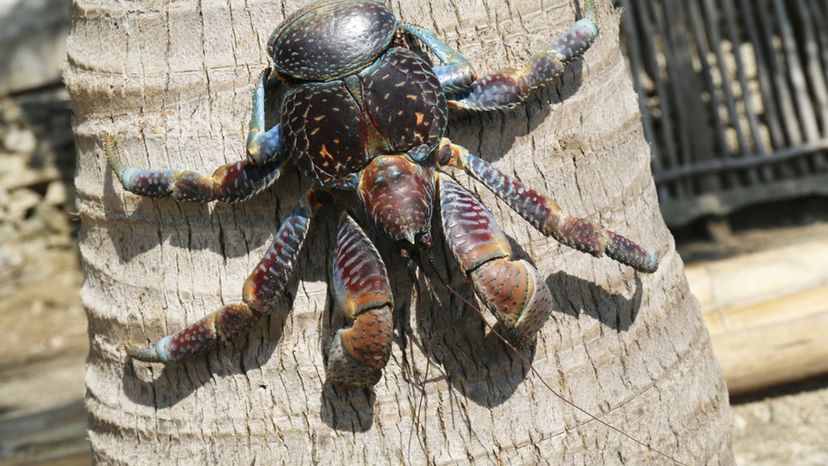
shutterstock
Which "C" animal is shown here?
Caiman
Camel
Coconut Crab
Coconut crabs are big. No, we mean really big. As the largest land-living arthropod, these crabs can reach a length of three feet leg-to-leg. How did they get their name? Well, they eat coconuts, of course! Over several days, the crabs dig away at the coconut's fibrous outer shell. Studies show that crabs with access to coconuts grow nearly twice as big as crabs without access to them.
Cat
Advertisement
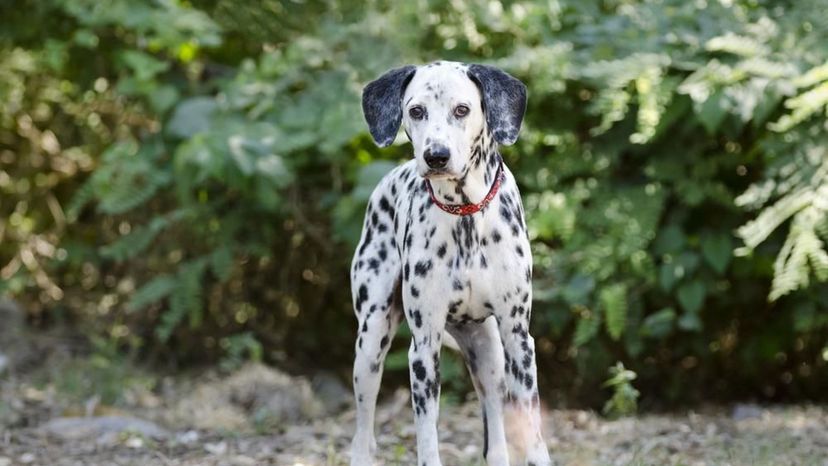
shutterstock
Which "D" animal is shown here?
Deer
Dhole
Dingo
Dalmation
Dalmatians are known for their spots, but did you know they are born without spots? Dalmations don't normally grow their spots until they are about four weeks old.
Advertisement
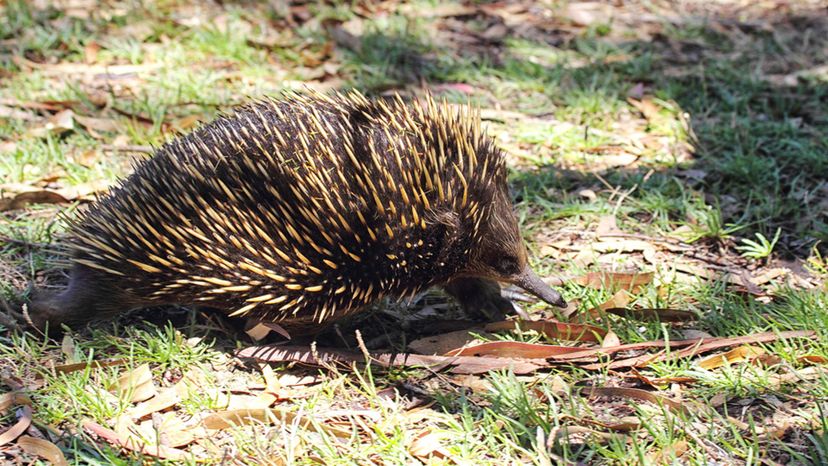
shutterstock
Which "E" animal is shown here?
Echidna
Echidna's are another animal that looks like someone just grabbed pieces off several animals and mixed them together. The Echidna has porcupine sines, a bird peak, a kangaroo pouch and can lay eggs like a reptile. Talk about an interesting mammal!
Elephant
Eagle
Emu
Advertisement
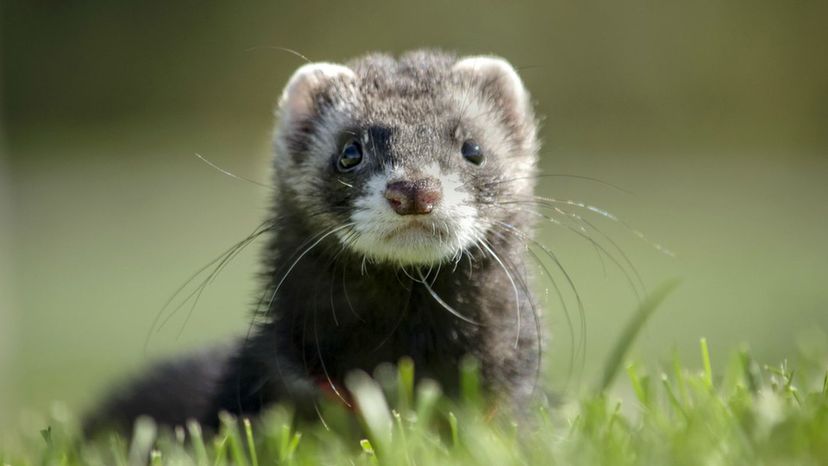
Shutterstock
Which "F" animal is shown here?
Flounder
Fox
Ferret
Ferrets are all about "business" which also happens to be their animal group name. These weasle-like animals sleep between 14 and 18 hours a day and are the third most popular pet in America. But all you need to know about them is in their name. Mustela putorius furo, Latin for Ferret, means "smelly little thief."
Frog
Advertisement
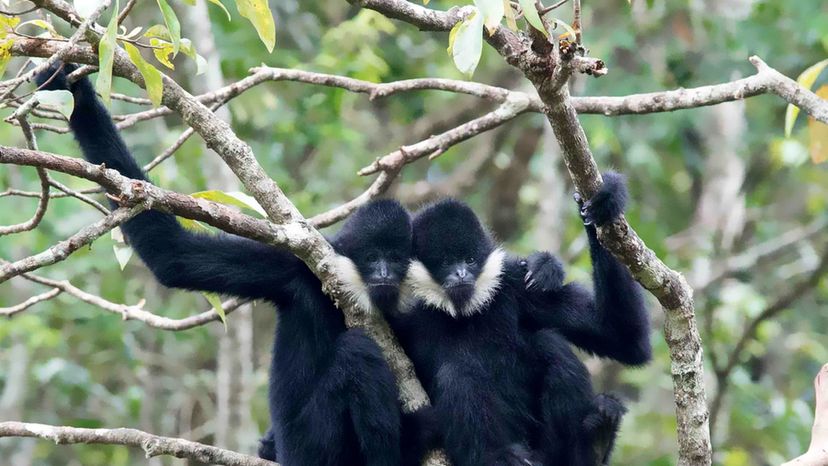
Shutterstock
Which "G" animal is shown here?
Gecko
Gerbil
Gibbon
While a Gibbon might be small in stature, it has some big cousins. The Gibbon is closely related to a gorilla and is a small ape. Both small and light-weight the Gibbon grows between 17 and 25 inches and weighs less than 20 lbs., often half that. Their long arms, flexible shoulders and strong legs are ideal for living in the trees.
Giraffe
Advertisement
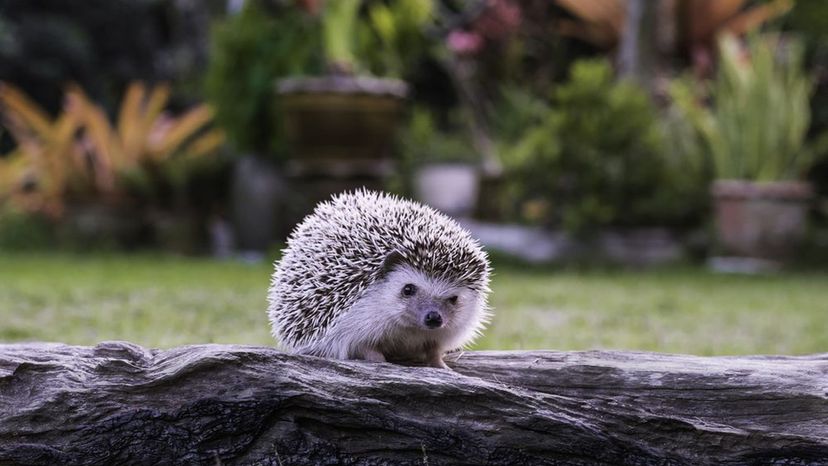
Shutterstock
Which "H" animal is shown here?
Hedgehog
A hedgehog may be one of the cutest animals on the planet and in recent years, they have grown in pet popularity. However, they are still illegal to be owned as a pet in six states - Maine, Arizona, California, Georgia, Pennsylvania, Hawaii - and in New York City. Hedgehogs got their name because they love to hang out around garden hedges and they make a grunting pig-like noise.
Heron
Horse
Human
Advertisement
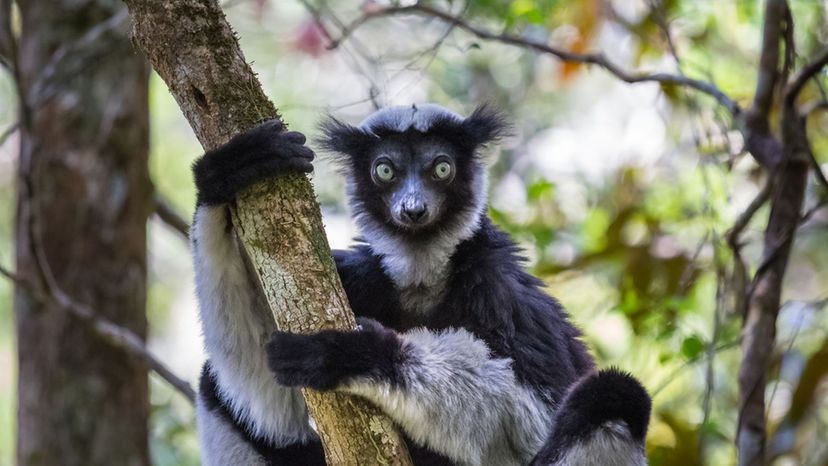
Shutterstock
Which "I" animal is shown here?
Ibis
Iguana
Indri
Indri are the largest of the lemur family and found only on Madagascar. Indri spend most of their time in trees and can leap up to 33 feet.
Impala
Advertisement
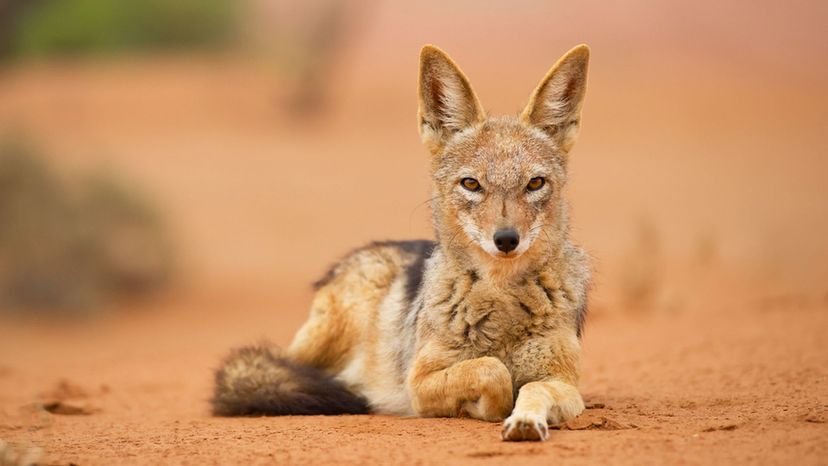
n/a
Which "J" animal is shown here?
Jaguar
Jackal
Jackals are scavengers, however, they have also been known to take down their own prey. They use a complex set of vocals, such as a yell, yap and siren-like howl which can be used to communicate back and forth as well as alert other Jackals to the location of a kill.
Javanese
Jellyfish
Advertisement
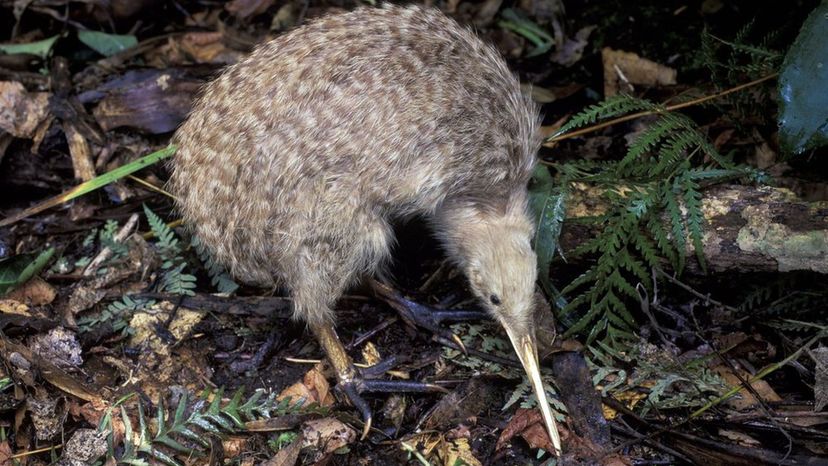
shutterstock
Which "K" animal is shown here?
Kakapo
Kangaroo
Koala
Kiwi
Kiwis mate for life and relationships have been known to last for over 20 years. The Kiwi lay eggs that are nearly 20 percent of the laying bird's body-size. This size of egg means the babies have more yolk to live in, allowing them to be born fully-feathered, healthy and strong.
Advertisement
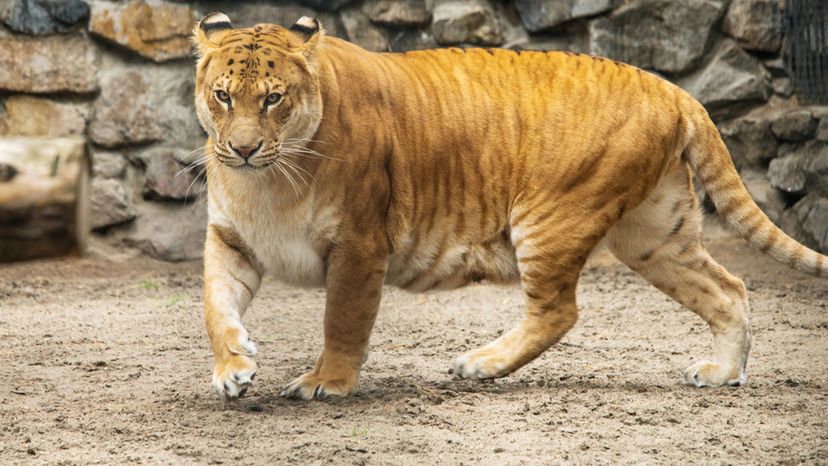
Shutterstock
Which "L" animal is shown here?
Liger
Bet you thought a liger wasn't real! A liger is the largest cat in the world and has characteristics distinctive to both lions and tigers. A liger is truly a hybrid animal, bred from both a lion and a tiger and they appear to have the best traits of both large felines. From being good swimmers to running up to 50 mph, ligers are awesome. And their roar? They roar both like a lion and a tiger, depending on the situation. Is that cool, or what!
Lion
Lemings
Leopard
Advertisement

shutterstock
Which "M" animal is shown here?
Macaw
Manatee
Manatees prefer warmer climates and shallow waters. However, despite their size and fatty appearance, they have relatively little fat to protect them from cold climates. Their large body is mostly made up of their stomach and intestines.
Mandrill
Markhor
Advertisement
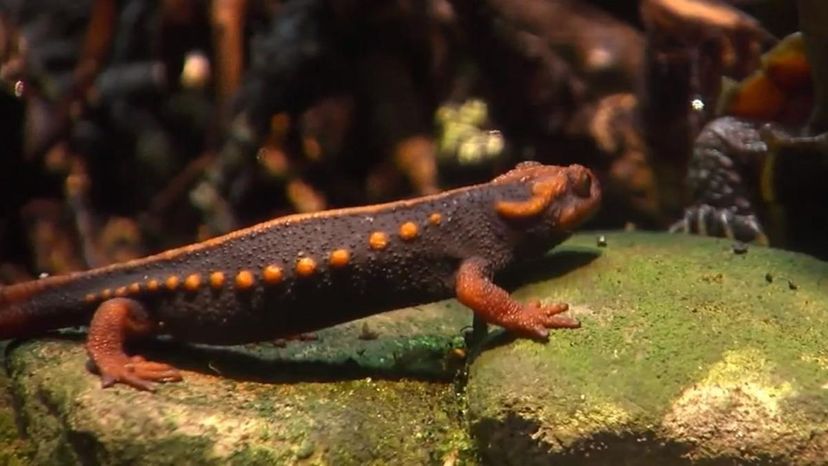
YouTube
Which "N" animal is shown here?
Nightingale
Numbat
Newt
Newts are known as a popular ingredient used by witches - more specifically the eye of newt. Newts can reproduce many of their body parts multiple times, such as their limbs, tails, jaws, spinal cords, heart ventricles and, yes, even their eyes. Studies show they can re-grow their eye lenses at least 18 times.
Nurse Shark
Advertisement

n/a
Which "O" animal is shown here?
Olm
Okapi
The Okapi may have features similar to a zebra, but in reality, it is related to the giraffe - without the long neck. This is evident in the Okapi's walk and short horns on males. From being able to lick their ears, stinky feet, and its infrasonic superpowers, the Okapi is one of the most interesting and least-known mammals on the planet.
Otter
Oyster
Advertisement
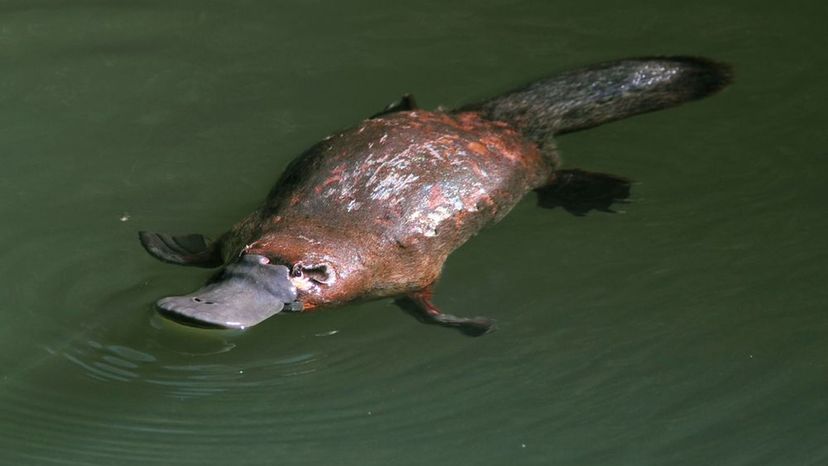
shutterstock
Which "P" animal is shown here?
Platypus
The platypus is one of the world's favorite animals. With distinctive traits, such as egg laying, a pouch, and duckbill who wouldn't be obsessed with this creature? Did you know the platypus's bill also gives it a sixth sense that detects electric fields generated by all living creatures? Their bill is so sensitive that they have the ability to hunt with their eyes, ears and nose closed.
Panther
Peacock
Pika
Advertisement
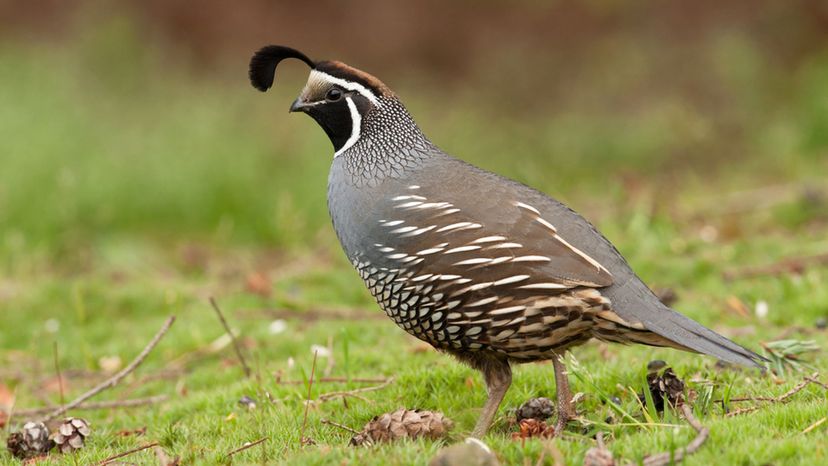
Shutterstock
Which "Q" animal is shown here?
Quetzal
Quokka
Quoll
Quail
Small, plump and cute, these birds are popular to hunters and chefs throughout the world. Quail can lay up to 20 eggs at once, live alone, yet flock in the Fall. Their ability to lay more than a dozen eggs at once is a survival skill for the species which are popular prey for most carnivores due to their short flight distance and plump bodies.
Advertisement
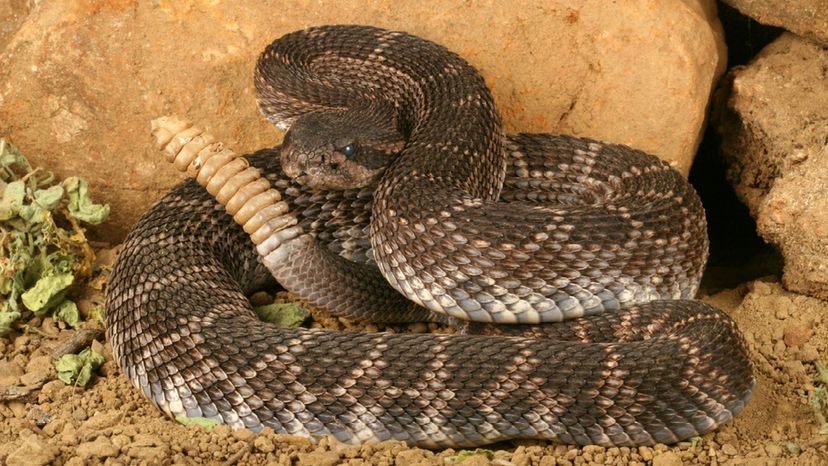
Shutterstock
Which "R" animal is shown here?
Rabbit
Rattlesnake
Rattlesnakes are one of the most dangerous snakes in the world, however, despite popular belief, they prefer not to attack humans. Instead, they use their rattle to notify you that you should walk away because they are feeling uncomfortable. Since they cannot regulate their own body temperature, they are often underground in the Summer and only seen in the Fall or Spring.
Raccoon
Reindeer
Advertisement
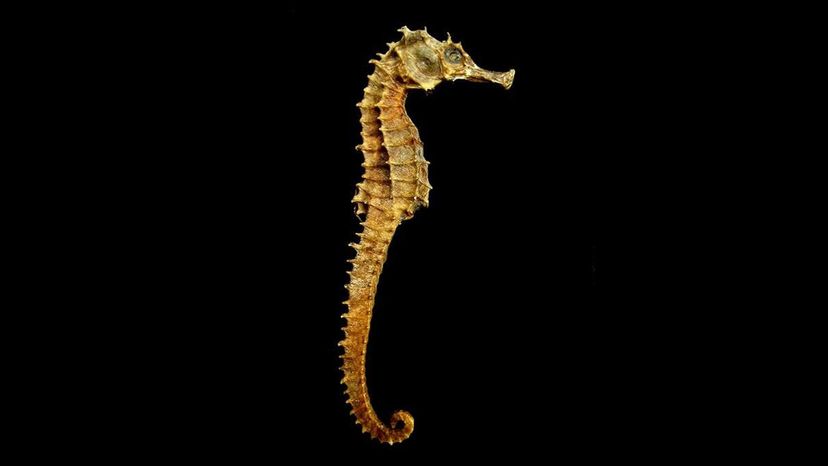
Wiki commons
Which "S" animal is shown here?
Seahorse
A seahorse is an interesting creature which may not look like a fish but actually is. They may also be one of the most loving creatures. Seahorses mate for life, with mating dancing rituals that can last for up to eight hours.
Salamander
Saola
Scorpion
Advertisement
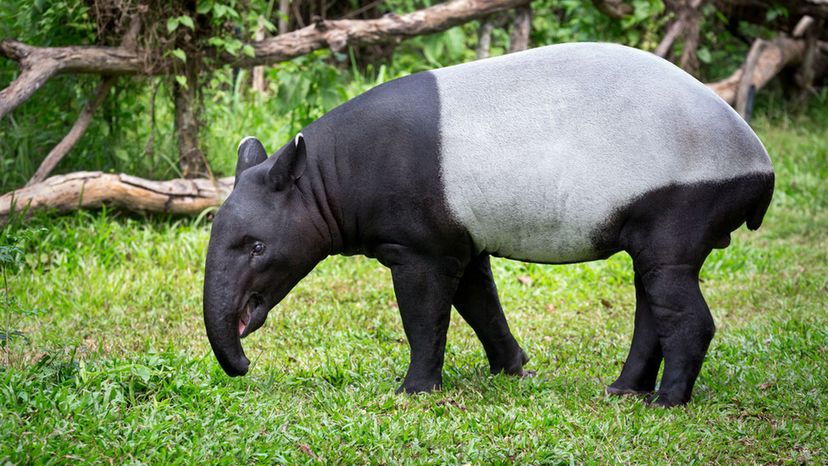
shutterstock
Which "T" animal is shown here?
Tang
Termite
Tapir
Three of the four Tapir species are listed as endangered. This is an unfortunate problem brought about by hunting and deforestation. Their closest living relatives are horses and rhinos. Many scientists believe the Tapir is one of the few mammals that hasn't changed much over tens of millions of years.
Tiger
Advertisement
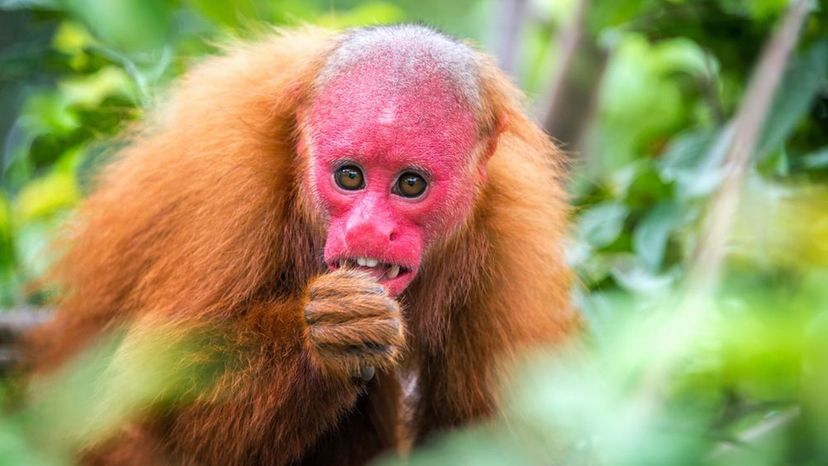
Shutterstock
Which "U" animal is shown here?
Uakari
Uakaris are "ginger" monkeys with a red face. In fact, the redder the face, the more attractive they are to each other. They coexist with up to 100 other uakaris and subsist on fruits and nuts. Their teeth are so strong and sharp, they can smash through hard nut shells most other monkeys can't.
Uguisu
Umbrellabird
Upupa
Advertisement

YouTube
Which "V" animal is shown here?
Vampire bat
Vervet monkey
Viper
Vulture
Vultures are carrion birds that eat prey that is already dead. Over the years, their bodies have developed traits to help with this. For example, their long necks are entirely bare of feathers so they can keep clean while feasting. They have an exceptional immune system which protects them from getting sick while feasting on rotten meat.
Advertisement
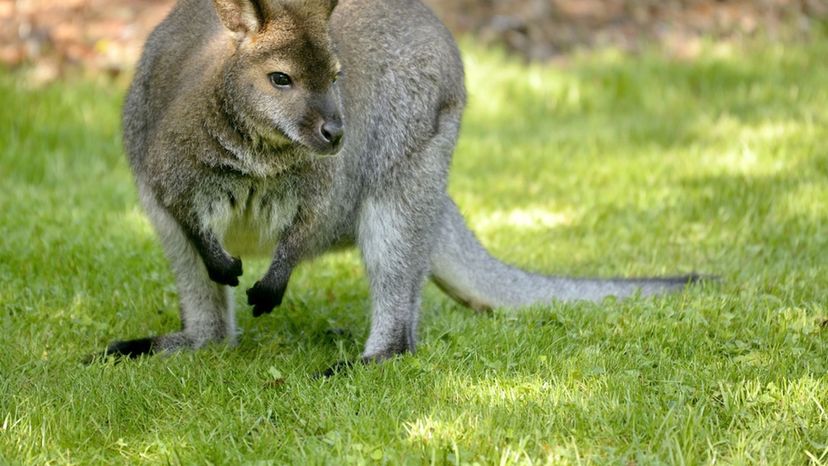
Shutterstock
Which "W" animal is shown here?
Walrus
Wallaby
The wallaby is similar to a kangaroo, but smaller. These jumping animals give birth to their young when the Joeys are only about the size of a jelly bean. The Joey will then spend the rest of its childhood growing in the mother's pouch. Due to its size, the Wallaby is prey for many animals, from birds to snakes, humans and other wild animals.
Warthog
Weasel
Advertisement
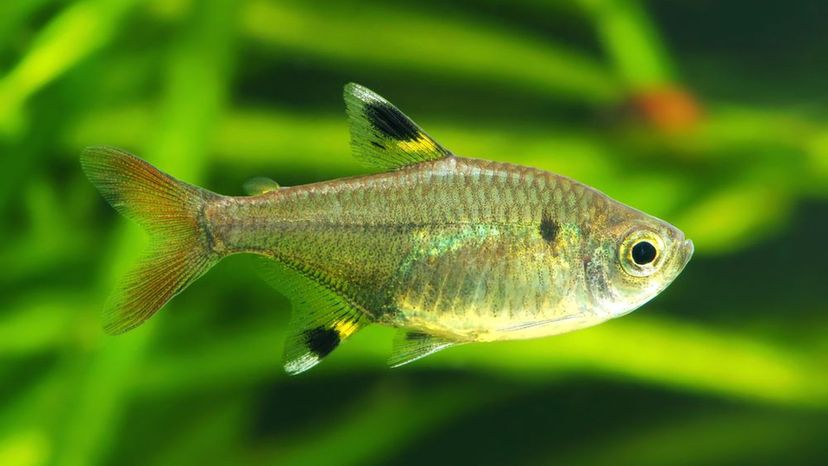
Shutterstock
Which "X" animal is shown here?
X-ray Tetra
Despite its size, the X-ray Tetra is a tough fish that can handle the Amazonian waters, both fresh and the saltier ones on the coastline. They get their name from their see-through skin that allows you to see their bones - and even eggs - during breeding season.
Xerus
Xenops
Xenarthra
Advertisement
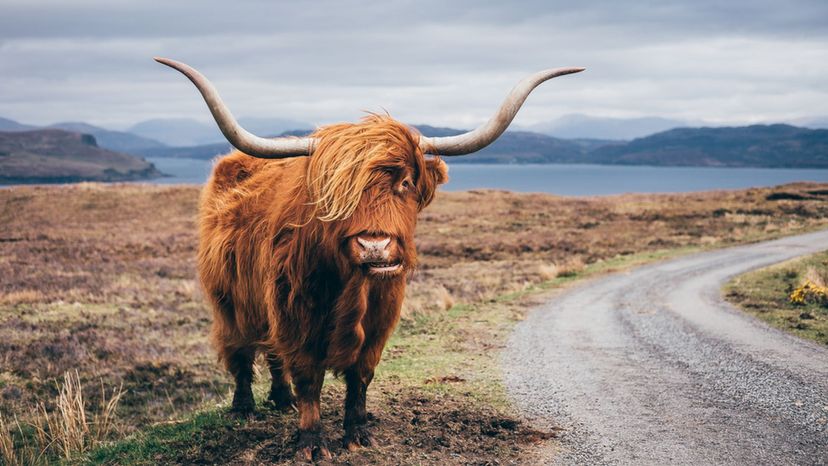
Shutterstock
Which "Y" animal is shown here?
Yello-eyed Penguin
Yorkshire Terrier
Yak
Yaks are huge creatures that can grow up to 6.5 feet tall and weigh over 2,200 pounds. They are covered in a thick coat of fur that allows them to survive in temperatures down to -40 C in the winter as well as allowing them to swim in frozen waters without affecting their body temperature.
Yellow Baboon
Advertisement

YouTube
Which "Z" animal is shown here?
Zebra
Zebu
Zonkey
Zorse
The zorse has some superpowers when it comes to its senses. It has a keen sense of taste that allows it to rifle through vegetation, picking out preferred or poisonous plants from others. It also has nearly 360 degrees of vision as well as night vision.
Advertisement
You Got:
/26
n/a